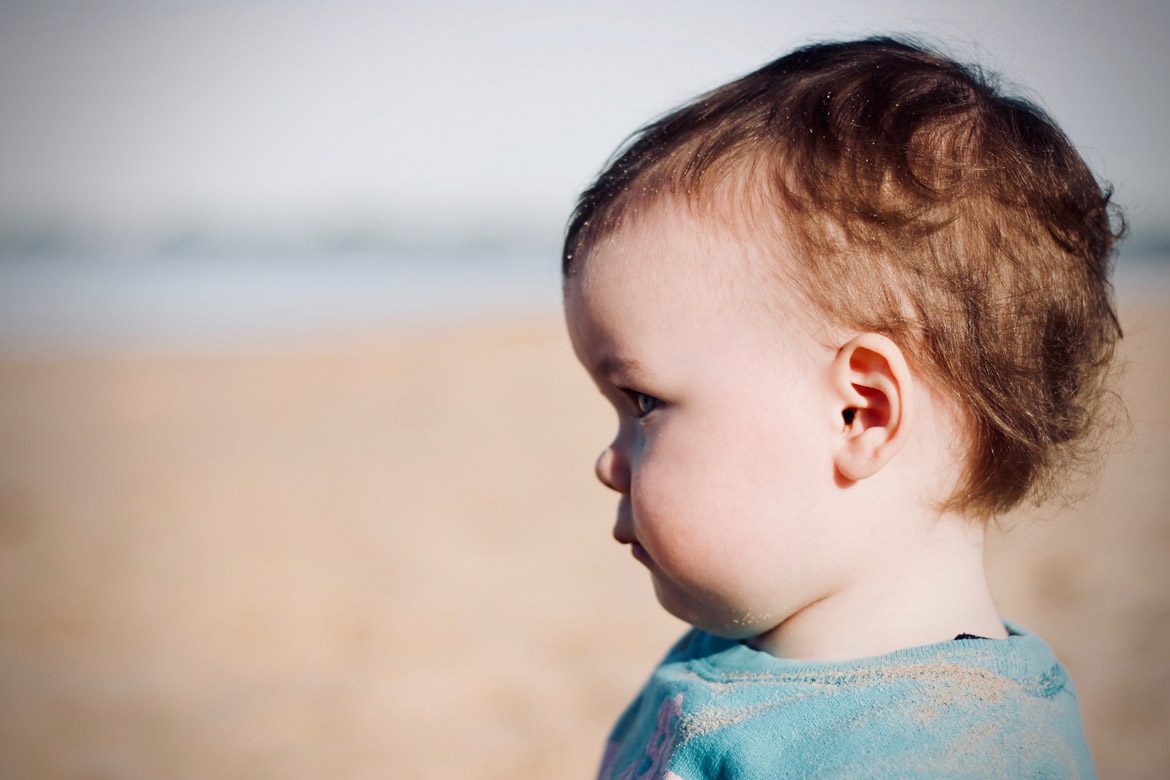By Lauren Porter
The pasta for dinner isn’t right. Or the puzzle piece won’t fit into its outline. Big sister won’t share her new pen. Or you need to make an important phone call. Suddenly, your calm little child begins to spin out of control. Call it what you will – tantrum, outburst, melt down, or fit – it is a scene familiar to almost every parent. You may feel embarrassed, angry, frustrated or confused, but no matter what youʼre feeling, youʼre not alone. Tantrums are a common occurrence for children between 18 months and 4 years old. They are noted among the most common behavioral problems reported by parents. In fact, recent research indicates that 90% of parents say that their 3-year-old has had a tantrum in the last month!
Let us not look back in anger, nor forward in fear, but around in awareness. ~ James Thurber, writer
Tantrums tend to occur when a child is hungry, tired or already upset. They often coincide with moments where parents are distracted, stressed or trying to accomplish something that interferes with child-centered connection, such as getting the grocery shopping done.
The majority of tantrums last between 1.5 and 5 minutes, though they can be as short as 30 seconds or as painfully long as two hours. When researchers study children and tantrums, they find that tantrums have common features and flows that can help parents understand when they occur, why they happen and how to intervene once they do. When analyzed, tantrums unfold in stages and appear to have an early turning point, before which they can be forestalled by appropriate intervention but after which they must be waited out. Tantrums involve the expression of strong emotions and typically begin with loud physical expressions of anger and then progress to intense demonstrations of sadness, withdrawal and often comfort-seeking.
One may survive distress, but not disgrace. ~ Scottish proverb
Little children have big feelings but almost no experience in managing those feelings. They typically don’t have the words to name their emotions much less the ability to understand them or the capacity to control them. As children reach toddlerhood, they are increasingly able to move autonomously and explore their world. While this affords them great opportunities, it also leaves them wide open for frustration, confusion and overload. In the bid for independence, a young child continually encounters an adult world that often stifles natural inclination. Often the things a two year old wants to pursue are the very things that are either not allowed or are beyond their abilities. Without the capability to calm their minds and bodies in the face of such disappointment and perplexity, they tend to spin out of control. Instead of holding the feelings in, their anger and sadness become all consuming and are unable to be contained. With empathic assistance, the feelings can be transformed from something overwhelming into something understandable.
The angry people are those people who are most afraid. ~ Dr. Robert Anthony, writer
The core of a childʼs emotional and social development involves learning how to make sense of and handle feelings. When a child throws a tantrum it is a strong yet simple message that their ability has been exceeded and they are in need of help. A child in the throes of such emotional turmoil is not having any fun. It is scary to lose control, to be trounced by one’s own mounting distress.
If we can shift our perspective and see the tantrum through the eyes of our child, we open ourselves up to understanding, avoiding and intervening in helpful ways. As the data indicates, tantrums have a preliminary build-up where children give both subtle and overt signs that things are heading toward melt down. Reading and responding to those early cues – and getting to know what they are for your particular child – is essential in preventing a tantrum. If you can learn the early warning signs that your child is becoming overloaded, it may often be possible to provide the rest, change of scene, snack, focused attention, or distraction that your child needs before reaching the point of no return.
In any moment, we can choose to set aside the armor that has protected us, and ally ourselves with our children, giving them the gift of a more open, compassionate, and understanding parent. ~ Jon Kabat-Zinn
If the window of opportunity closes and your child has a tantrum, remember two key things: stay calm and stay present. Children tend to act their worst when they need us most. The sheer intensity of a tantrum is a window into the level of distress a child is experiencing. This can be a learning opportunity if handled right. If handled insensitively, it furthers a sense of isolation and shame.
See page 2 for more…











